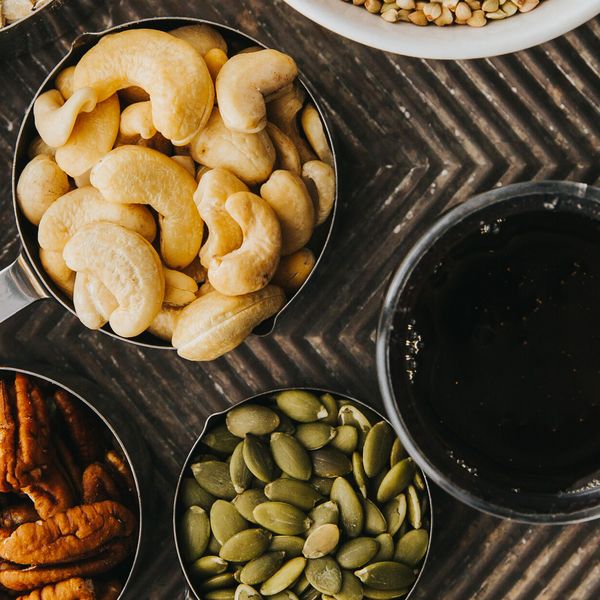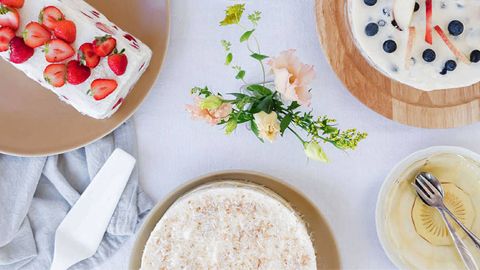Gluten-free food is everywhere, from supermarket shelves to bakeries and even on restaurant menus. But why? What is gluten, and why are so many people keen to avoid it?
Much more than a dieters fad, gluten-free food can help those with a particular disease manage their symptoms. Skipping the gluten can reduce bloating and common irritations for those without a severe intolerance too. At the same time, some people function at their best with gluten in their regular diet. Everybody is unique, and it’s worth understanding whether you’re intolerant or not if you’re going to live a long and healthy life.
This guide will explain what gluten is and why some people find it challenging to digest. We’ll look at familiar foods which contain a lot of gluten and share some healthy ingredients which are naturally gluten-free. We’ll finish by investigating what happens to your body when you stop eating gluten, so you can make an informed decision about the diet that’s right for you.
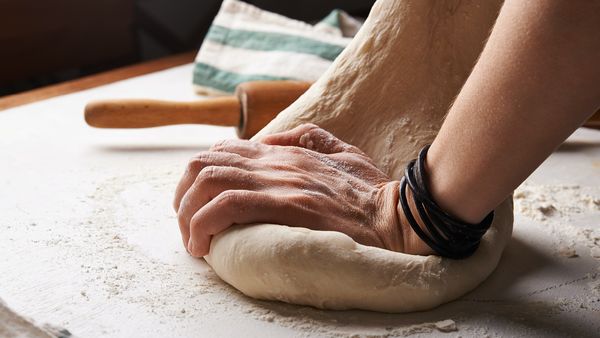
Why is portion control so important?
When we think of gluten, our minds often drift to delicious bread, pasta, and cereal. That’s because gluten is a type of protein found in wheat, rye, barley, and triticale, which is a type of cross between wheat and rye. Wheat is the most common of these grains; we use it in bread, cakes, pasta, cereal, crackers, pastries, and many more delicious treats.
When dry grains get wet, the gluten in them becomes stretchy. Gluten’s gluey texture helps make doughs flexible and gives them their ability to rise; this glue-like texture is where gluten gets its name! We have these stretchy proteins to thank for the indulgent texture of many baked goods.
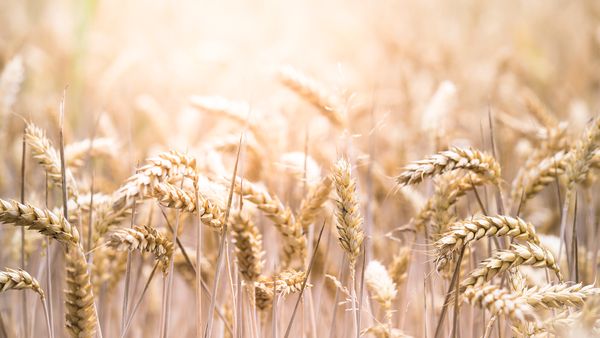
Why are some people intolerant to gluten?
While most people can tolerate gluten with no adverse reaction, many find themselves gluten-intolerant. This might be a mild sensitivity or something more severe, like coeliac disease or a wheat allergy.

More about coeliac disease
Coeliac disease is the most severe type of gluten intolerance, affecting around 1% of the UK population. Interestingly, of all the UK who have coeliac disease, only about 24% of them have been diagnosed. That means some 500,000 Brits with coeliac disease don’t know it, perhaps thinking their after-bread bloat is a milder sensitivity.
Coeliac disease is an autoimmune disorder that makes the body attack gluten whenever it’s consumed. The body also attacks its own cells by attacking gluten proteins, damaging gut tissues needed to take in nutrients. Common symptoms of coeliac disease include bloating, diarrhoea, and stomach pain after eating gluten.
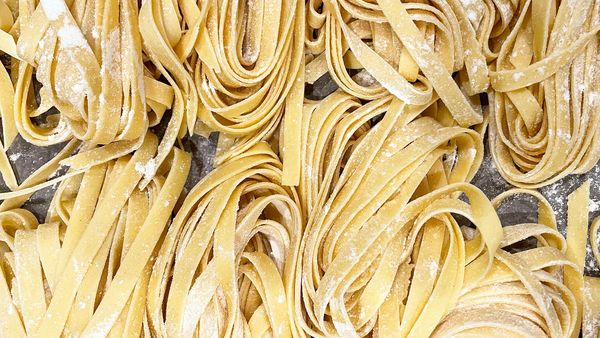
What foods are high in gluten?
Whether you suffer from coeliac or have a non-coeliac gluten sensitivity (NCGS), it helps to know where these proteins are found. Some foods with lots of gluten include:
Bread – including all types of bread, unless the label or baker tells you they’re gluten-free. That means rolls, bagels, tortillas, and pita bread all contain high amounts of gluten.
Baked goods – most baked goods, like cake, biscuits, pies, and pastries, use flour, which means lots of gluten.
Pasta – wheat pasta is made from flour and eggs or water, which means all wheat pasta contains gluten. This includes spaghetti, lasagna, ravioli, and other shapes.
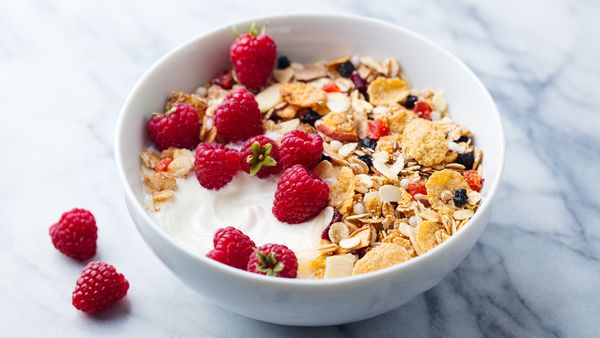
Cereal – many types of breakfast cereal contain wheat, although some don’t. Check the ingredients list for gluten, or look for a gluten-free label. Oats are naturally gluten-free, but they often contact other grains during processing; look for a brand with gluten-free on the packet.
Savoury snacks – many savoury snack foods like crackers, pretzels, and some crisps contain gluten.
Some types of alcohol – beers, lagers, stouts, and ales are made from barley, making them unsuitable for a gluten-free diet.
That might seem like a lot of no-s for those on a gluten-free diet. But good news! There are lots of delicious alternatives out there, with more becoming available every year.
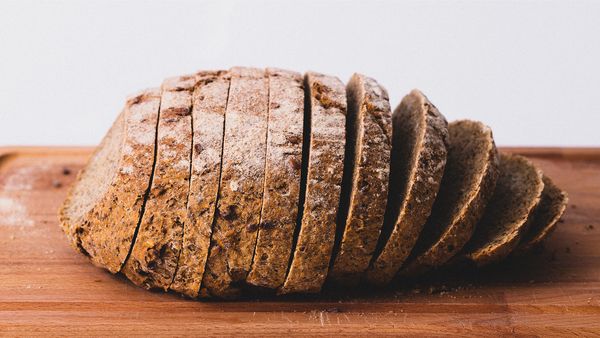
Which foods are gluten-free?
There are a few ways to approach a gluten-free diet. Many of the foods listed above are available as gluten-free alternatives, which means people with coeliac or NCGS can enjoy special gluten-free bread, pasta, and beer. Just look for products that are certified safe before diving into a tasty toastie.
You could also make your own gluten-free alternatives at home. For example, use your own oven to produce delicious baked goods with gluten-free flour alternatives, like almond or rice flour. You could also use gluten-free pasta flour to make your own dough. Chill it in the fridge, then shape it into tasty coeliac-friendly shapes.
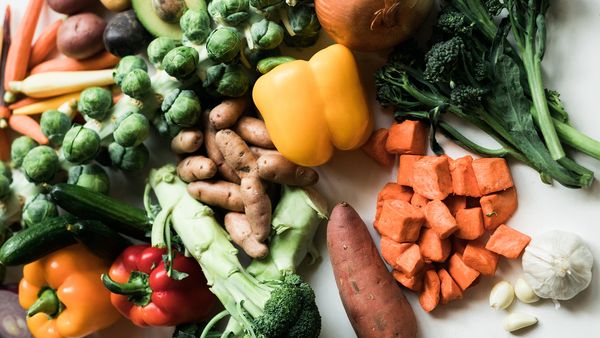
Another way to enjoy a nutritious gluten-free diet is to skip these foods altogether. Although gluten is common in everyday foods, these aren’t essential to achieve a healthy diet. Here are some tasty, naturally gluten-free foods to look for:
Fruits – delicious and nutritious, all fruit types are naturally safe for those with gluten sensitivity. That means bananas, berries, citrus, and tropical fruits can be a healthy part of your routine.
Vegetables – more good news! Vegetables are packed with nutrients and are completely gluten-free. It’s always a good idea to include more veggies in your diet, and those with gluten intolerance are safe to do so too.
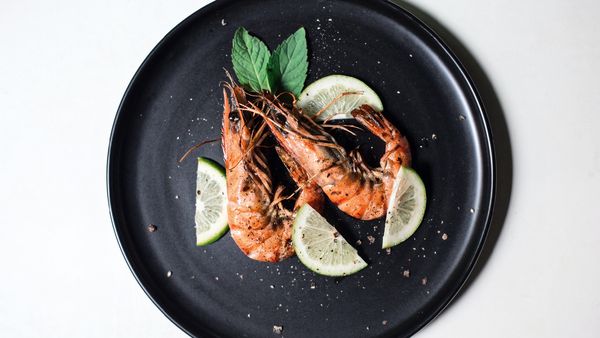
Potatoes – yes, they’re a vegetable. But potatoes deserve their own call-out as a gluten-free alternative to pasta or bread. They’re versatile and delicious, leaving us pleasantly full and satisfied after a good meal.
Meat – another major food group, meat and poultry, is gluten-free and provides excellent protein and other minerals our bodies need. Breaded or fried options often contain gluten, so be careful.
Fish and seafood – ideal for pescatarians; fish and seafood are versatile, healthy, and naturally gluten-free. Like with meat, be sure to avoid battered or breaded seafood, which will usually contain gluten.
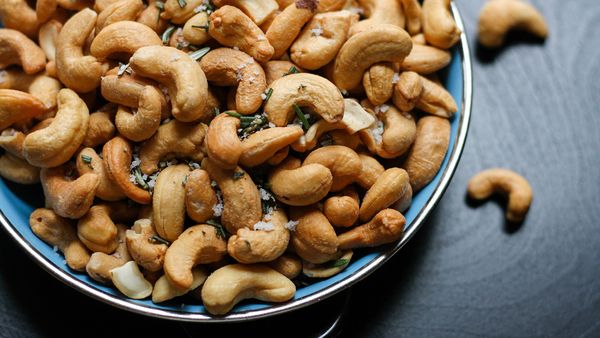
Dairy – cheese, milk, and eggs are all gluten-free and can provide excellent protein and other nutrients. Plant-based alternatives are often gluten-free too, but be wary of oat milk, which might contain traces.
Beans and legumes – another source of protein and a great way to bulk out meals without bread and pasta; beans and legumes are also delicious and versatile.
Nuts – searching for a gluten-free snack? Nuts are tasty and bursting with healthy fats, fibre, and vitamins.
Rice – rice is happily gluten-free, providing a filling base for many delicious dishes.
Buckwheat - providing plenty of antioxidants, despite its name, buckwheat is a grain-like seed that contains no gluten.
Quinoa - pronounced 'keen-wah', this is one of the most popular alternatives to grains that contain gluten.
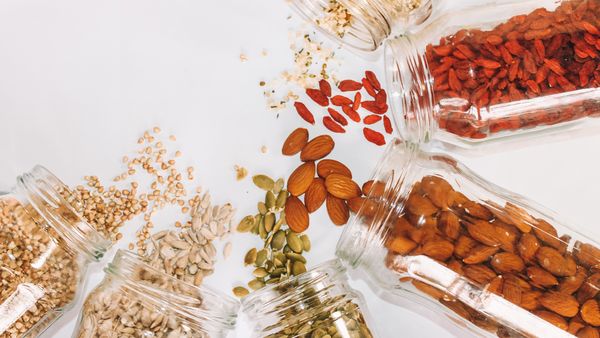
How do you get enough fibre on a gluten-free diet?
This essential carbohydrate is found in all plant-based foods, including fruit and vegetables, grains, and pulses. Fibre helps keep your digestive system functioning at its best by bulking out stools and moving them along your digestive tract smoothly. Adults should aim to eat around 30g of fibre each day, while children need less depending on their age.
Cutting out gluten might mean inadvertently cutting down on fibre, so you’ll need to be mindful of this when changing your diet. Some of the best fibre sources include wholemeal bread, cereals, and pasta, which gluten-free diets skip.
So, where can gluten-free dieters get their fibre? Thankfully, fibre amounts are high in beans, legumes, nuts, fruit, and vegetables. All of these foods are naturally gluten-free, so be sure you’re eating plenty to keep your digestive system healthy.
What happens to your body when you stop eating gluten?
If you have coeliac disease or another gluten sensitivity, your symptoms will ease when you stop eating the protein. But you don’t need to be intolerant to cut back on your gluten intake. Many people see positive changes to their energy and digestion overall when cutting back on gluten. And it’s never been easier to do, with so many gluten-free options available and plenty of information about removing it from your diet in a healthy way. Thinking of cutting out gluten? Here’s what might happen to your body:
- If you have a gluten intolerance, you might see symptoms like aches and pains, bloating, and gas reduced.
- You might start to lose weight.
- Gluten can interfere with your body’s ability to absorb nutrients; going gluten-free might let you benefit more from these vitamins and minerals.
- Gluten can trigger inflammation in your small intestine. When you give it up, you may experience less of this.
- Your skin’s appearance might improve.
If your body finds gluten challenging to process, cutting it out could free up a lot of the energy usually used for this.
Those are some pretty tempting pros! But remember, a gluten-free diet isn’t necessary for everyone. Suppose you don’t have coeliac disease or any other gluten intolerance. In that case, you might not notice any change when cutting it out of your diet. In fact, if you don’t have a problem with gluten, cutting it out might have adverse effects on your health.
Should I go gluten-free?
If you don’t need to cut gluten out of your diet, don’t. Going gluten-free for the sake of it can have adverse health outcomes like weight gain and constipation. Not to mention it may mean skipping many of your favourite foods.
However, if you have any degree of gluten intolerance or you’ve been diagnosed with coeliac, going gluten-free will be the right choice for you. And it doesn’t need to mean compromising on enjoyment. With so many great gluten-free alternatives out there and lots of tasty foods containing no gluten naturally, you can still enjoy an exciting and varied diet without the troublesome protein weighing you down.

